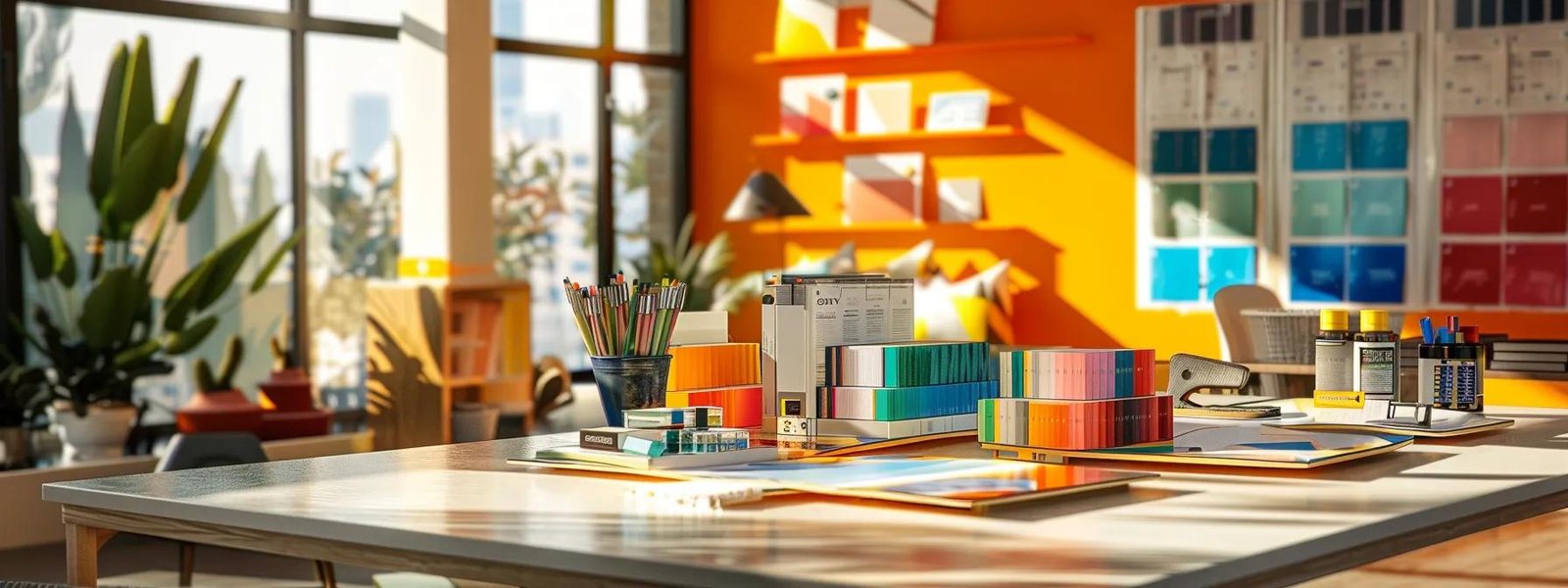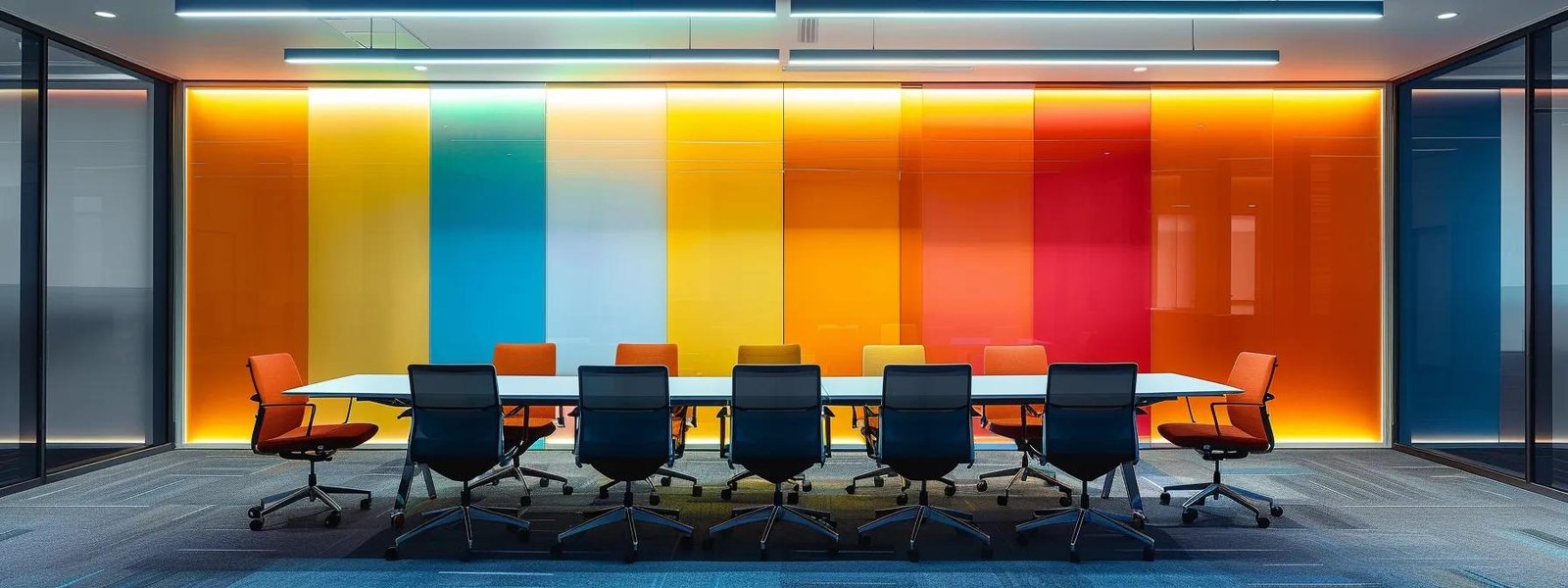Table Of Contents:
- Interior Painting Techniques: Residential vs Commercial Insights
- Defining Project Scope in Residential vs Commercial Interior Painting
- Material Selection for Home and Business Interior Painting Needs
- Application Methods in Residential and Commercial Interior Painting
- Surface Preparation Approaches for Residential vs Commercial Settings
- Managing Timelines and Logistics in Interior Painting Projects
- Durability and Maintenance in Residential vs Commercial Interior Painting
- Table: Comparison of Key Material and Maintenance Attributes
- Final Thoughts
- Frequently Asked Questions
Interior Painting Techniques: Residential vs Commercial Insights
Interior painting techniques differ significantly between residential and commercial projects. This article explains how to define project scope, select materials, apply painting methods, prepare surfaces, and manage timelines and maintenance. Additionally, many homeowners wonder what happens if you don t paint your house, highlighting the nuances between home improvements and business-based enhancements.
Defining Project Scope in Residential vs Commercial Interior Painting
Project scope is defined by scale, complexity, and purpose. Residential projects focus on creating a cozy, personalized environment, whereas commercial projects are designed for high traffic, durability, and brand consistency.
Contrasting Scale and Complexity in Home Interior Painting Projects
Residential painting typically covers individual rooms and personal spaces. Home projects involve fewer surfaces, allowing homeowners better control over color personalization and decorative details. Techniques such as intricate trim work, accent walls, and custom textures require careful planning and precision, reflecting the unique tastes of each homeowner.
Understanding the Larger Scope of Commercial Interior Painting Tasks
Commercial projects cover expansive open-plan spaces, high-traffic corridors, and areas like lobbies needing long-lasting finishes. The wider scope involves stricter adherence to safety standards, branding guidelines, and faster turnaround times. Often, these projects require multiple coats, specialized coatings (including slip-resistant finishes), and durable applications to meet heavy usage demands.
Aesthetic Aims for Residential Interior Painting
Residential painting emphasizes a warm, inviting atmosphere that reflects personal taste. Homeowners choose colors, textures, and finishes based on style and comfort rather than just durability. Detailed preparation, color consultations, and accent designs are used to achieve a look that stimulates relaxation and creativity.
Functional and Branding Goals in Commercial Space Painting
In commercial settings, aesthetics are driven by functional needs and corporate branding. Companies select color palettes and finishes that enhance their professional image and support marketing messages. Durability and ease of maintenance are crucial, with coatings chosen to withstand intensive usage and reduce future maintenance costs.
Client Interaction Nuances Between Residential and Commercial Painting
Communication styles vary significantly. Homeowners tend to expect detailed explanations and flexible work plans, while commercial clients prioritize efficiency, clear milestones, and strict deadlines to ensure minimal interruption of business operations.
Material Selection for Home and Business Interior Painting Needs

Choosing the right materials is essential for both residential and commercial projects. The correct selection of paint and coatings affects durability, appearance, and overall satisfaction.
Choosing Appropriate Paint Types for Residential Walls and Ceilings
For homes, standard latex or water-based paints with low VOC content are common. They offer excellent coverage, a wide range of finishes from matte to high gloss, ease of clean-up, and customizable color options, ensuring safety and comfort in indoor environments.
Selecting Robust Coatings for High-Traffic Commercial Interiors
Commercial spaces benefit from industrial-grade paints that offer high abrasion and mold resistance. These coatings are engineered for frequent cleaning, quick drying, and enhanced durability—essential qualities for maintaining a professional look in high-traffic areas.
Considering Low-Voc and Eco-Friendly Paints for Home Environments
Increasingly, homeowners prefer eco-friendly paints that have low volatile organic compounds. These products reduce harmful emissions and support indoor air quality without sacrificing finish quality, available in a variety of colors and textures.
Utilizing Specialized Finishes Within Commercial Interior Painting
Specialized finishes such as epoxy coatings, anti-graffiti paints, or textured slip-resistant coatings are common in commercial painting. They meet both aesthetic and safety requirements while extending surface life and reducing the need for repetitive maintenance.
Primer Application Differences for Various Residential and Commercial Surfaces
Correct primer application is crucial in both settings. Residential projects often use a universal primer for ease, while commercial projects may need primers tailored for moisture resistance or stain blocking to ensure optimal topcoat performance under demanding conditions.
Application Methods in Residential and Commercial Interior Painting
Different methods are used depending on the project scale and desired finish quality, balancing efficiency with attention to detail.
Brush and Roller Work for Precision in Residential Settings
Brush and roller techniques are ideal for residential projects. They offer precise control over coverage for small to medium-sized spaces, allowing for meticulous application that enhances decorative details and subtle color variations.
Spray Painting Advantages for Large-Scale Commercial Interior Painting
Spray painting is favored in commercial projects for its speed and uniformity. It effectively covers large areas with consistent results, producing complex patterns, gradients, or high-gloss finishes while reducing labor costs and project timelines.
Equipment Distinctions for Home Versus Business Painting Projects
Home projects require basic tools like brushes and rollers, whereas commercial projects often use industrial-grade airless sprayers and sanding machines. The equipment used influences the overall finish quality and work efficiency.
Attaining Smooth Finishes During Residential Interior Painting
A smooth residential finish depends on proper surface preparation, including sanding and priming, along with high-quality application tools. This careful process ensures an attractive and long-lasting result.
Ensuring Uniform Coverage Across Broad Commercial Interior Areas
Uniformity is critical in commercial applications. Specialized tools like calibrated rollers and automated sprayers, combined with quality control measures and touch-up procedures, help achieve an even finish essential for professional environments.
Surface Preparation Approaches for Residential vs Commercial Settings

Successful painting starts with effective surface preparation, which varies by environment.
Meticulous Surface Repair Before Home Interior Painting
Thorough repair—patching holes, smoothing bumps, and filling gaps—is essential in residential projects. Addressing minor imperfections before painting ensures a seamless finish and long-term satisfaction.
Efficient Preparation Techniques for Extensive Commercial Interior Surfaces
Commercial projects require streamlined preparation techniques such as power washing, chemical stripping, and specialized priming to quickly ready high-traffic areas. Efficient preparation minimizes business disruption and reduces downtime and costs.
Handling Common Wall Issues in Residential Properties
Homeowners often face issues like peeling paint, moisture stains, or cracks. Targeted repairs using caulking, sanding, and mold remediation help create a smooth surface ready for a fresh coat.
Preparing Commercial Walls for Demanding Use
Commercial walls are subjected to heavier wear and environmental stress. Deeper structural problems may require reinforced patch repairs and specialized cleaning solutions to ensure durable paint adhesion under continuous use.
Cleaning and Priming Variances in Residential vs Commercial Interior Painting
Residential cleaning and priming balance quick turnaround with thorough treatment, while commercial settings require robust cleaning agents and primers to endure harsh conditions and frequent maintenance cycles.
Managing Timelines and Logistics in Interior Painting Projects
Both project types demand careful schedule and logistics management to complete work on time and with minimal disruption.
Accommodating Schedules for Residential Interior Painting Ease
Homeowners typically schedule painting during periods of low household activity. Clear communication and flexible work hours help minimize disruption to daily routines.
Reducing Business Interruption Throughout Commercial Interior Painting
Commercial projects prioritize off-hours work—early mornings, evenings, or weekends—to reduce business downtime. Detailed planning and coordination with building management are essential to keep operations running smoothly.
Staged Execution for Substantial Commercial Painting Ventures
Large commercial projects often use a staged approach, dividing work by zones or floors. This method allows some areas to remain operational while one section is painted, providing better quality control and minimal impact on business activities.
Operating Around Occupants During Home Painting Work
In residential projects, painters coordinate visits and may use partitions to isolate work areas, ensuring the home remains habitable throughout the project.
Site Access and Management for Commercial Interior Painting Operations
Effective commercial painting requires detailed site management. Pre-planning for equipment movement, worker access, and material storage ensures that the project progresses smoothly despite tight deadlines and large-scale operations.
Durability and Maintenance in Residential vs Commercial Interior Painting

The long-term durability of painted surfaces depends on proper maintenance tailored to the environment.
Expected Lifespan of Painted Residential Interior Surfaces
Residential surfaces typically last five to ten years, influenced by factors like sunlight and humidity. High-quality paints, proper preparation, and routine touch-ups help extend this lifespan.
High-Performance Needs for Commercial Interior Paint Applications
Commercial environments require paints that endure constant use, moisture, and chemical exposure. Commercial-grade paints can extend the lifecycle significantly, reducing the frequency of replacements and maintenance costs.
Upkeep of Painted Surfaces Within Homes
Home maintenance includes dusting, cleaning with mild detergents, and periodic touch-ups for high-wear areas. Annual inspections help homeowners address issues before they become major problems, saving time and money.
Care Strategies for Painted Commercial Building Interiors
Maintenance in commercial settings is more structured, often involving scheduled inspections, professional cleaning, and preventative repairs. Facilities managers may contract specialist services to preserve the integrity and appearance of painted surfaces.
Cost-Benefit Analysis of Paint Selections for Residential and Commercial Use
Balancing upfront costs with long-term benefits is key. Though commercial-grade paints may cost more initially, their durability and reduced maintenance requirements often justify the expense, making them a sound investment for both homes and businesses.
Table: Comparison of Key Material and Maintenance Attributes
Before the table below, note that understanding the differences between residential and commercial painting materials guides purchasing decisions and maintenance planning.
| Attribute | Residential Painting | Commercial Painting | Benefit |
|---|---|---|---|
| Paint Quality | Standard latex, low VOC | Industrial-grade, high durability | Extended lifespan and safety |
| Application Method | Brush, roller; precise and customizable | Spray painting; efficient for large areas | Uniform finish and reduced project time |
| Surface Preparation | Detailed repair and sanding for aesthetics | Power washing and chemical stripping for durability | Quality base for long-term performance |
| Maintenance Frequency | Annual touch-ups, regular cleaning | Scheduled professional inspections and cleanings | Reduced overall maintenance costs |
| Environmental Impact | Eco-friendly, low-emission options available | Specialized formulations for high-traffic endurance | Improved air quality and sustainable use |
This table summarizes the key differences in material selection and maintenance between residential and commercial interior painting projects, supporting informed decision-making based on project scope and performance expectations.
Final Thoughts
Understanding the distinct needs of residential versus commercial interior painting is essential for high-quality, lasting results. Homeowners benefit from personalized aesthetics and simple maintenance, while commercial projects emphasize durability, efficiency, and brand consistency. By carefully selecting materials, application methods, and preparation techniques—and by managing logistics effectively—you can ensure that your painting project meets both visual and functional demands. Whether refreshing a home or upgrading a commercial space, these insights lead to a successful interior painting strategy.
Frequently Asked Questions
Q: How does the project scope differ for home versus commercial interior painting?
A: Home projects focus on personalized aesthetics with detailed treatment of individual spaces, while commercial projects cover large areas requiring robust, uniform finishes and adherence to branding standards.
Q: What paint types are recommended for residential interiors?
A: Water-based latex paints with low VOCs are ideal due to their ease of application, safety, and wide range of finishes.
Q: Why is surface preparation more rigorous in commercial painting?
A: Commercial projects require stronger cleaning, repair, and priming techniques to manage high traffic and exposure, ensuring long-lasting paint performance.
Q: What application method is best for large commercial spaces?
A: Spray painting is preferred as it provides uniform coverage and significantly reduces labor time over large areas.
Q: How can proper maintenance extend the lifespan of painted surfaces?
A: Regular inspections, professional cleanings, and timely touch-ups preserve the quality and appearance, whether in residential or commercial settings.


